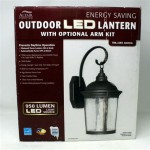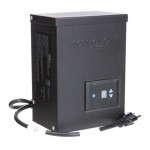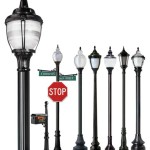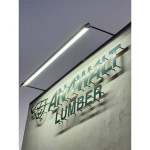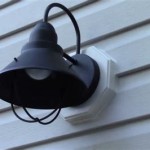Troubleshooting a Low Flame on an Outdoor Gas Fire Pit
Outdoor gas fire pits offer ambiance and warmth, enhancing outdoor living spaces. However, a persistent low flame can diminish their enjoyment and indicate underlying issues. This article will explore common causes of a low flame and provide troubleshooting steps to restore the fire pit to its optimal performance.
One of the most frequent causes of a low flame is insufficient gas supply. Check the propane tank level if using a propane-fueled fire pit. A low propane level restricts the gas flow, resulting in a diminished flame. Refilling or replacing the propane tank is the solution in this case. For natural gas fire pits, ensure the gas supply valve is fully open. A partially closed valve restricts gas flow, similar to a low propane tank.
Obstructions in the gas line can also lead to a low flame. Debris, insects, or even spiderwebs can build up within the gas line, hindering gas flow. Inspect the gas line for any visible blockages. A professional should be consulted to clear any obstructions within the gas line itself. Do not attempt to disassemble or modify the gas line without proper training and qualifications.
The air intake also plays a crucial role in flame height. Insufficient air intake can starve the fire of oxygen, leading to a low flame. Locate the air intake valve on the fire pit. This valve is typically adjustable. Open the air intake valve gradually to increase airflow to the burner. Experiment with different settings to find the optimal air-to-gas ratio for a robust flame.
A dirty or damaged burner can also contribute to a low flame. Over time, the burner can accumulate debris, rust, or soot, which can interfere with proper combustion. Carefully inspect the burner for any signs of damage or blockage. Clean the burner using a soft brush and compressed air. If the burner is significantly damaged or corroded, it should be replaced with a manufacturer-approved part.
The regulator, responsible for controlling gas pressure, can sometimes malfunction, leading to reduced gas flow and consequently a lower flame. A faulty regulator may require replacement. Consulting a qualified technician is recommended for diagnosing and addressing regulator issues. Attempting to repair or adjust the regulator without proper expertise can be dangerous.
A clogged or damaged venturi tube can also restrict gas flow, leading to a diminished flame. The venturi tube mixes air and gas for proper combustion. Inspect the venturi tube for any obstructions or damage. Clean it using a small brush or compressed air. If the venturi tube is damaged, it should be replaced.
Low gas pressure from the source can also cause a low flame. This is more common with natural gas fire pits. Contact the gas company to check the gas pressure at the meter. Low gas pressure at the source requires intervention from the gas company to rectify.
The control valve, responsible for regulating gas flow to the burner, can sometimes malfunction, leading to a low flame. A faulty control valve might need replacement. Consult a qualified technician to diagnose and address control valve problems. Do not attempt to repair or adjust the control valve yourself.
Weather conditions, specifically strong winds, can impact flame height. Wind can disrupt the flame pattern and make it appear lower than usual. Consider using a wind guard or windscreen to shield the fire pit from wind gusts. This can help maintain a more consistent flame height in windy conditions.
Finally, the type of gas used can also influence flame height. Propane generally burns hotter than natural gas, resulting in a higher flame. If switching from propane to natural gas, a slightly lower flame might be observed. This is normal and does not necessarily indicate a problem.
Maintaining a properly functioning outdoor gas fire pit requires regular inspection and maintenance. Keeping the fire pit clean, checking for blockages, and ensuring proper gas supply are essential for optimal performance and safety. If the issue persists after attempting these troubleshooting steps, it's crucial to contact a qualified gas appliance technician for further diagnosis and repair.

Fire Pit Won T Stay Lit Here S What You Need To Do Worst Room

Troubleshooting Your Gas Fire Pit When Something Goes Wrong Appliances Connection
How To Troubleshoot Common Issues With A Gas Fire Pit Such As Problems The Ignition Or Flow Quora

Wood And Gas Fire Pit Fireplace Safety

How To Build A Gas Fire Pit Woodlanddirect Com

Wood And Gas Fire Pit Fireplace Safety

Are Fire Pit Tables Safe We Answer Common Questions Outland Living

Fire Pit Ideas And Inspiration Forbes Home

The 10 Best Portable Fire Pits Of 2024 Wood Burning

Why Ethanol Fire Pits Are More Popular Than Gas Outdoor Living Essentials
Related Posts

